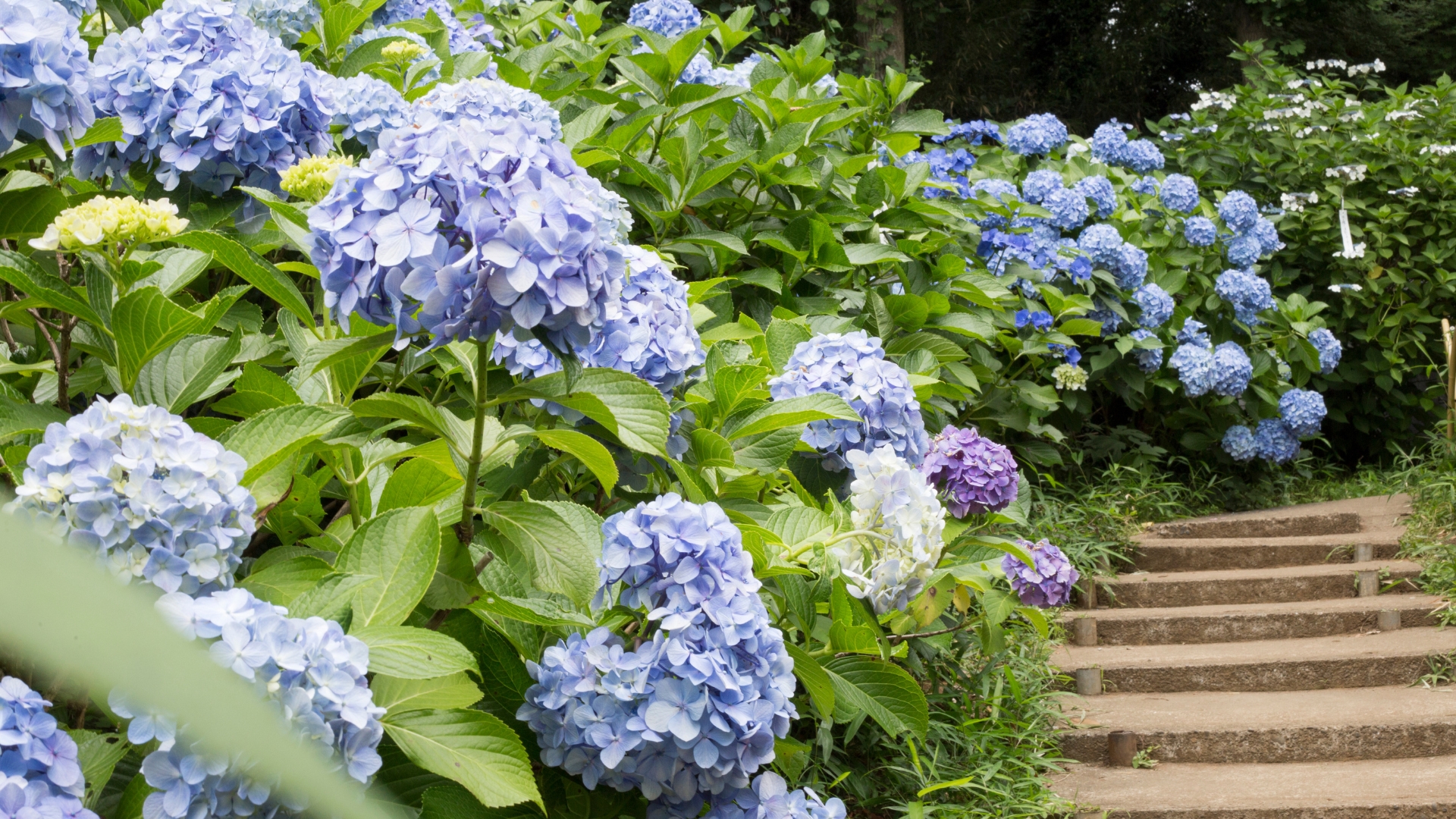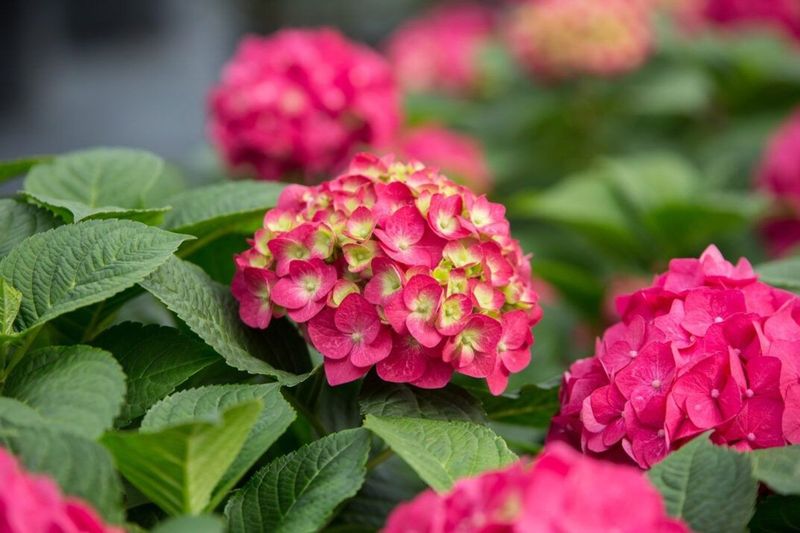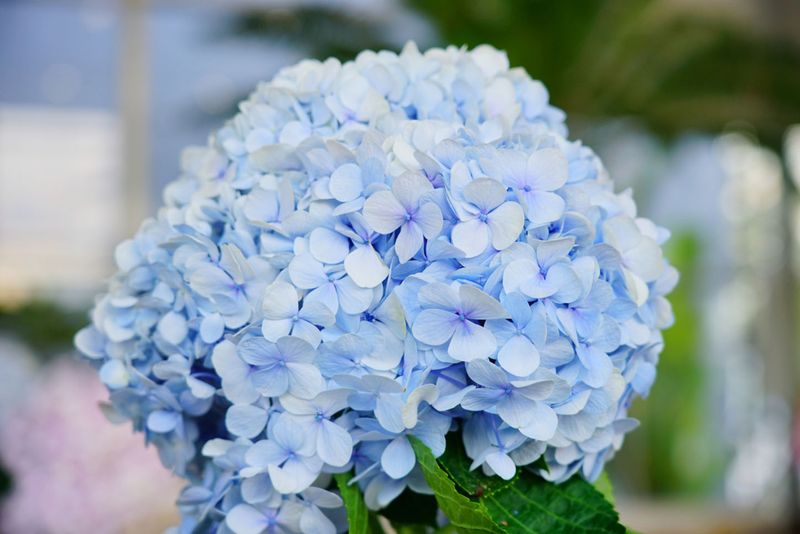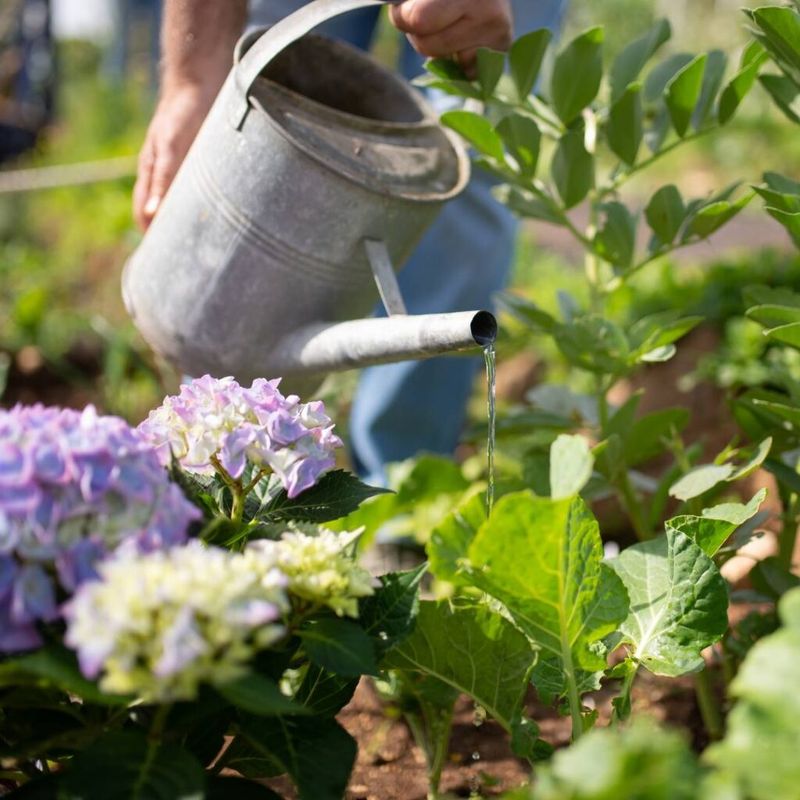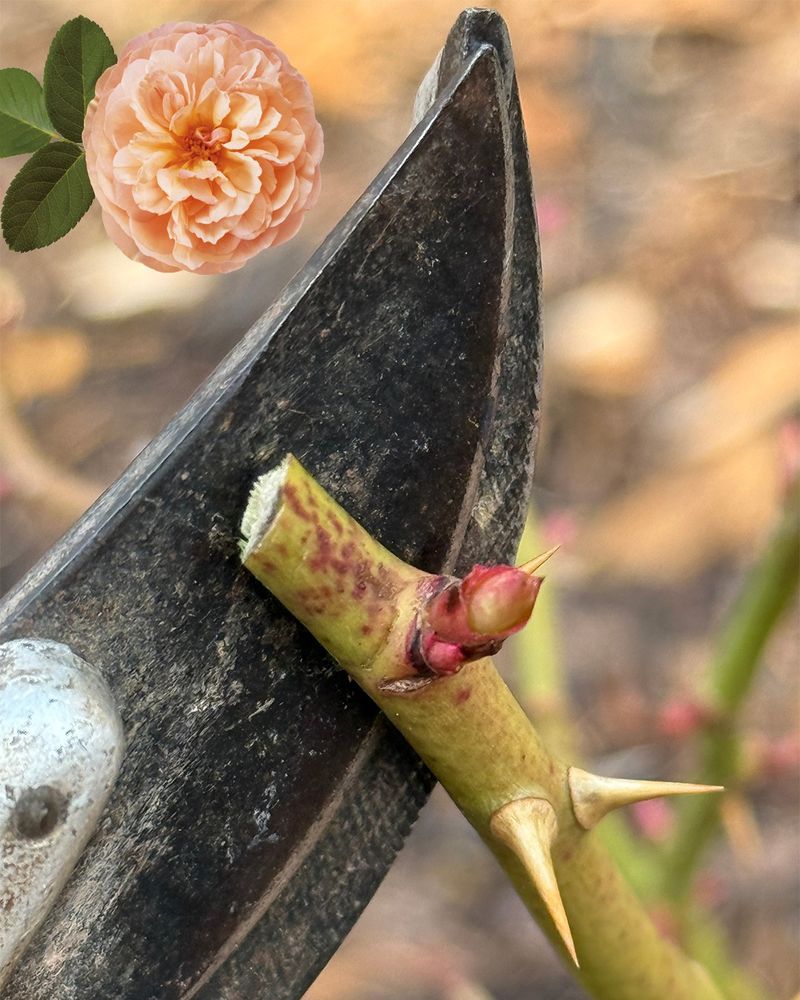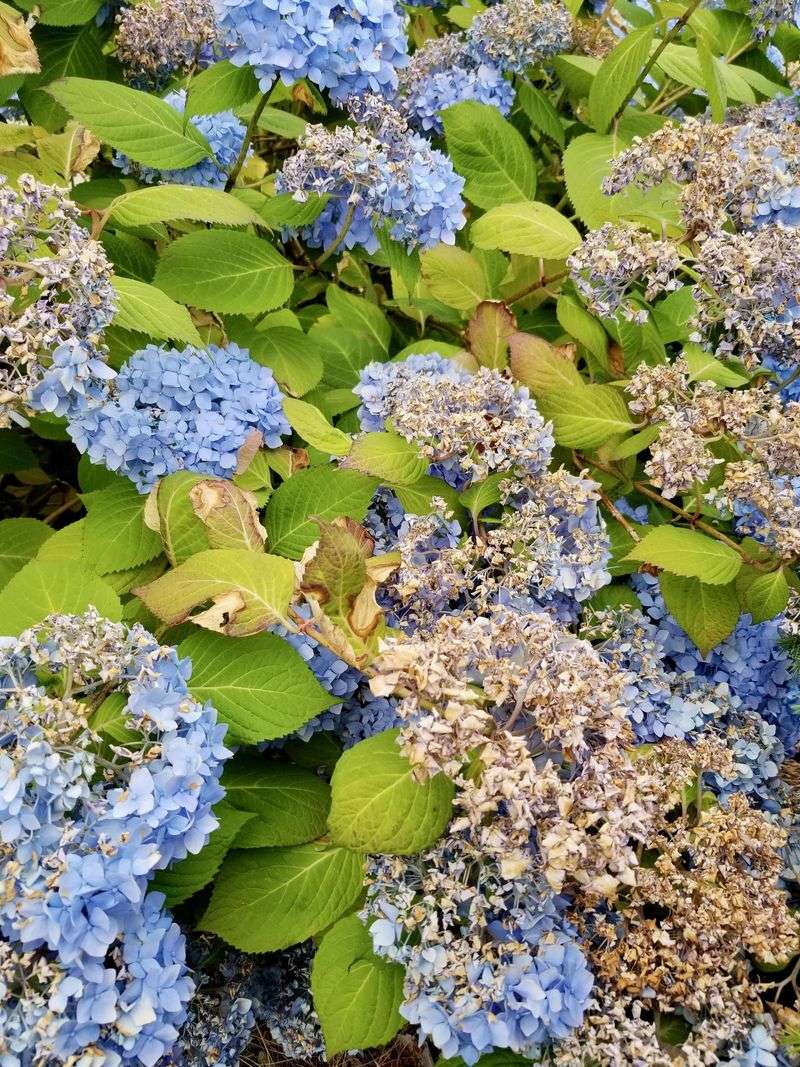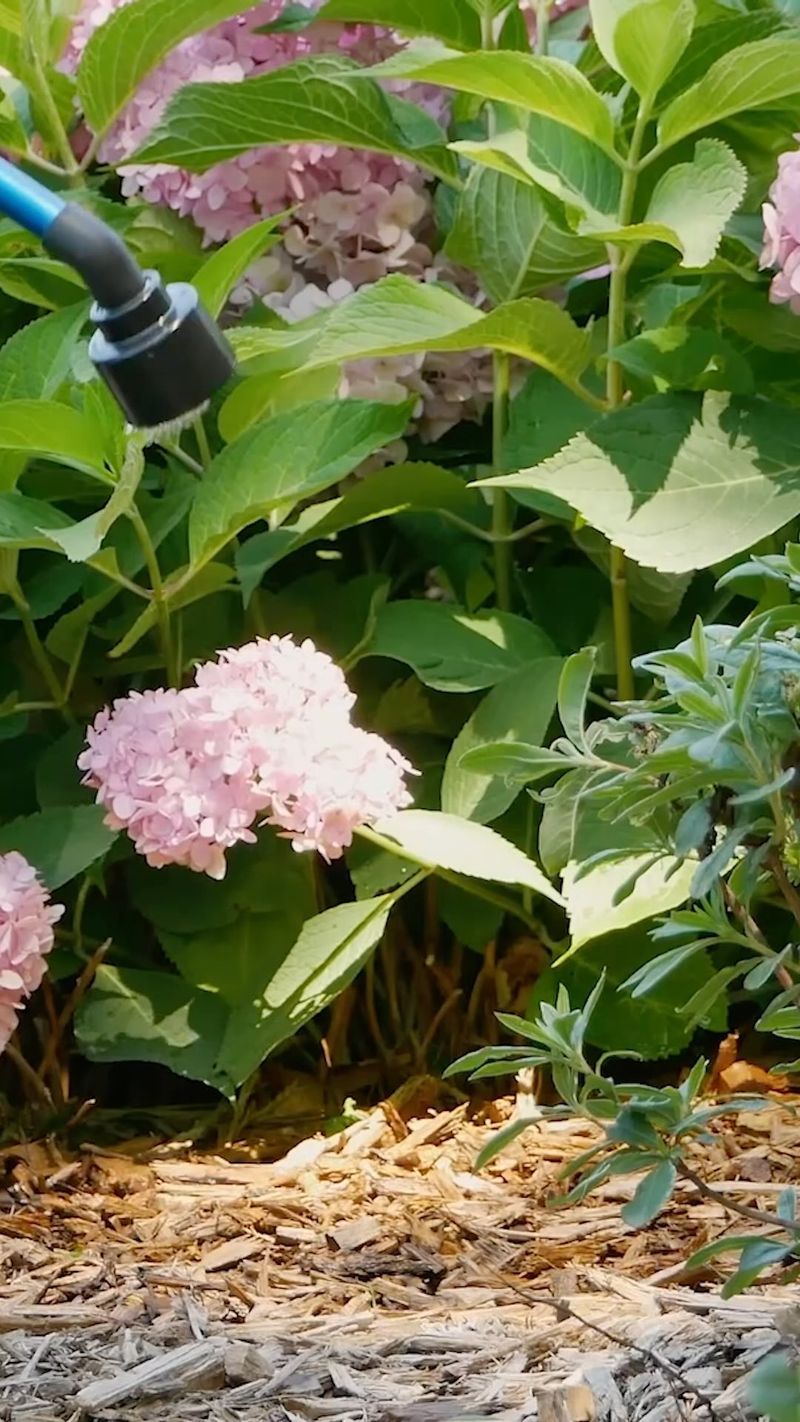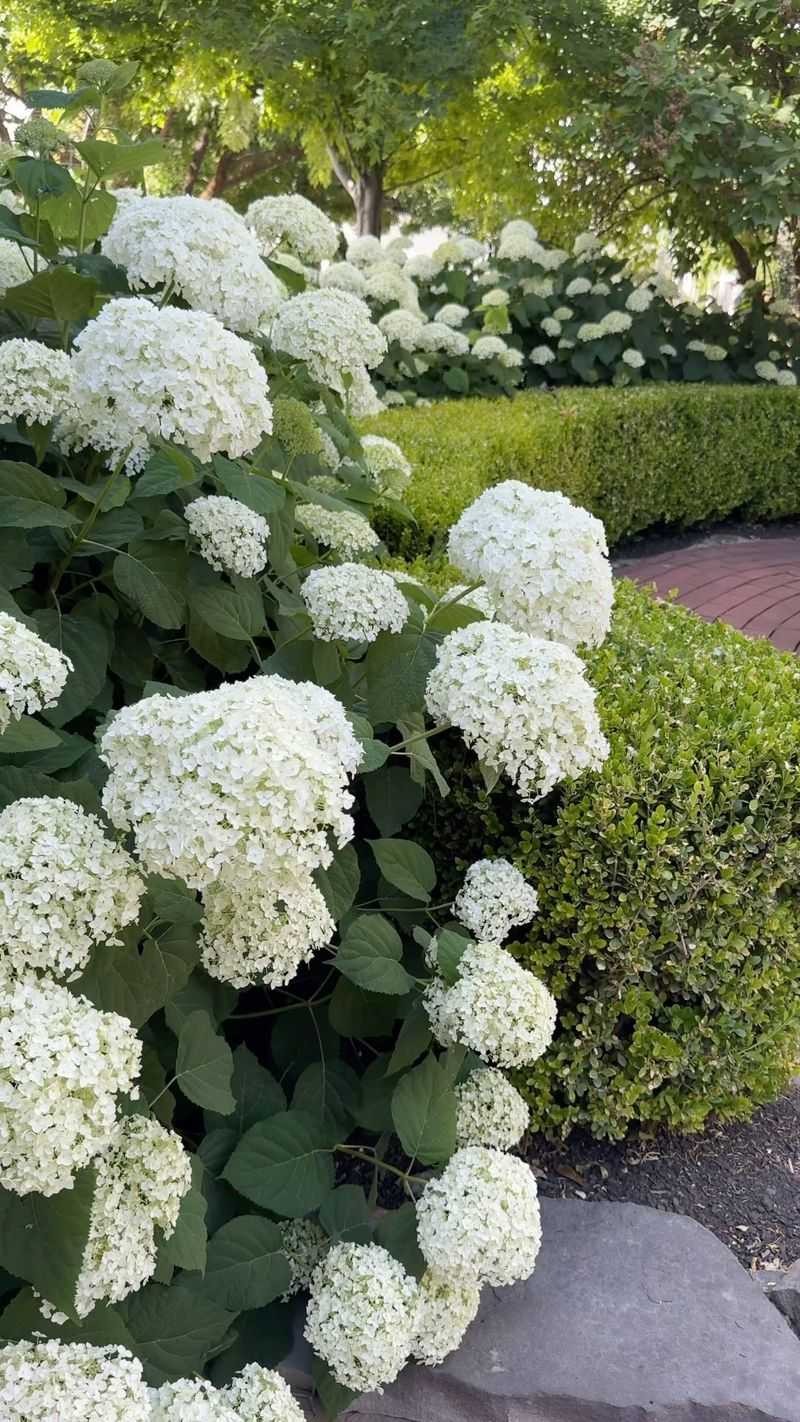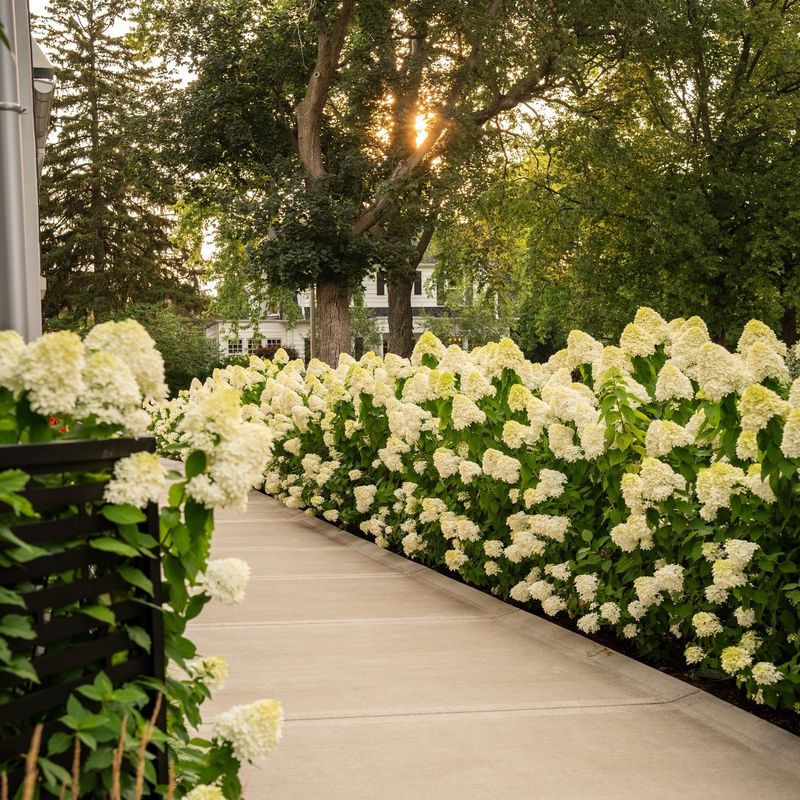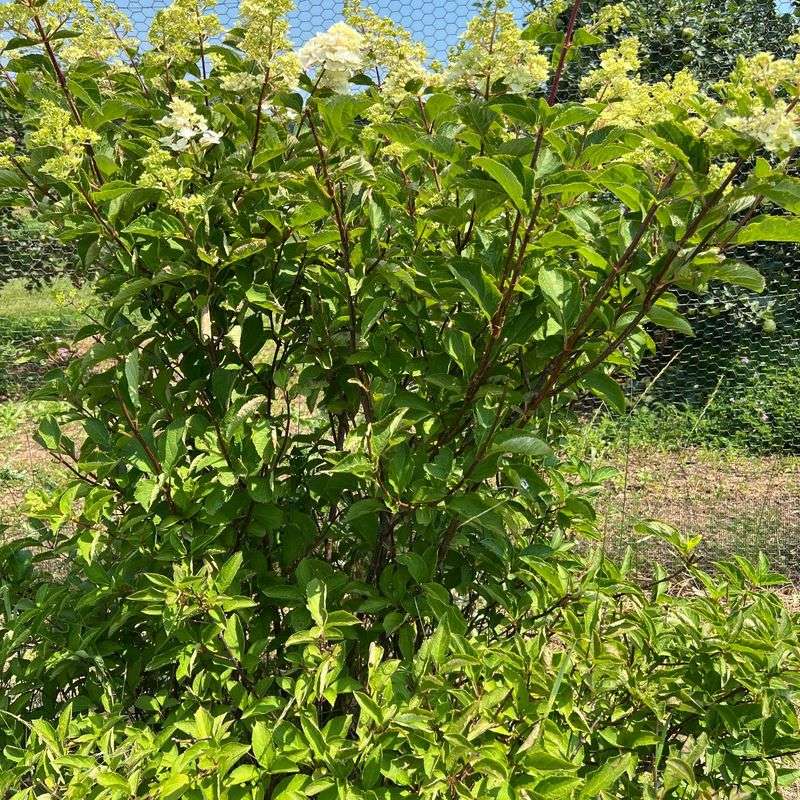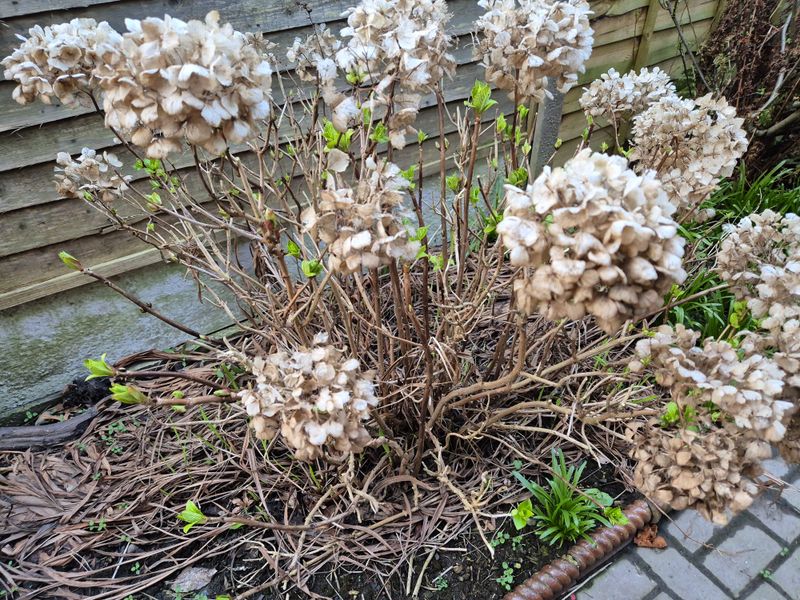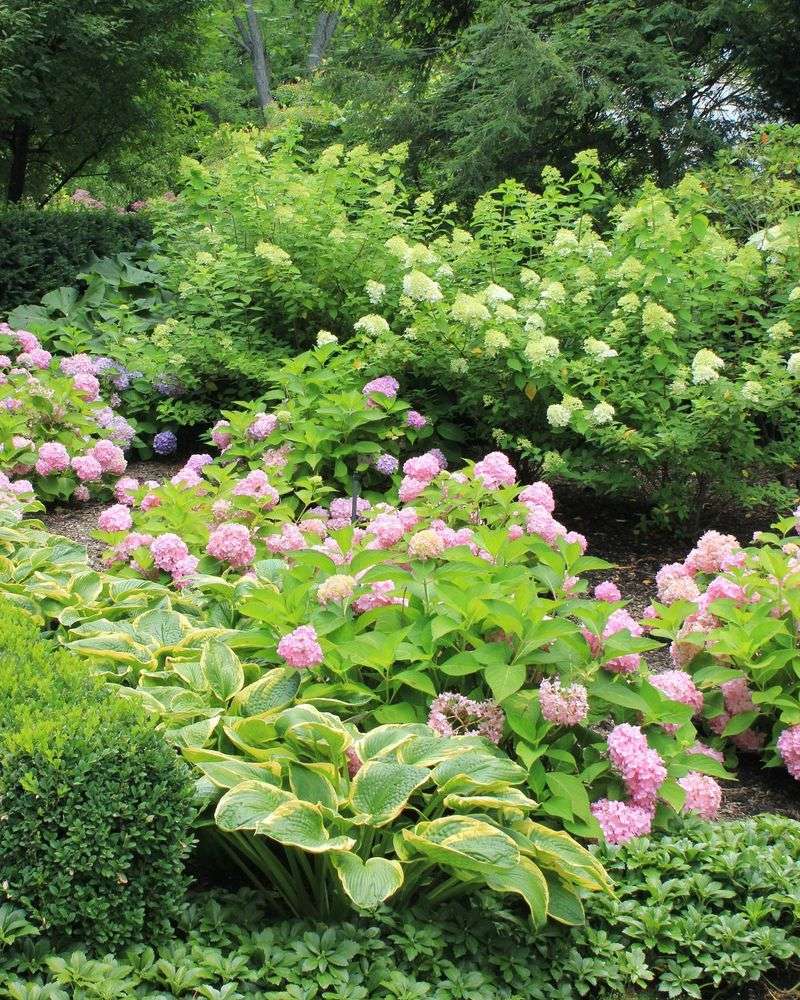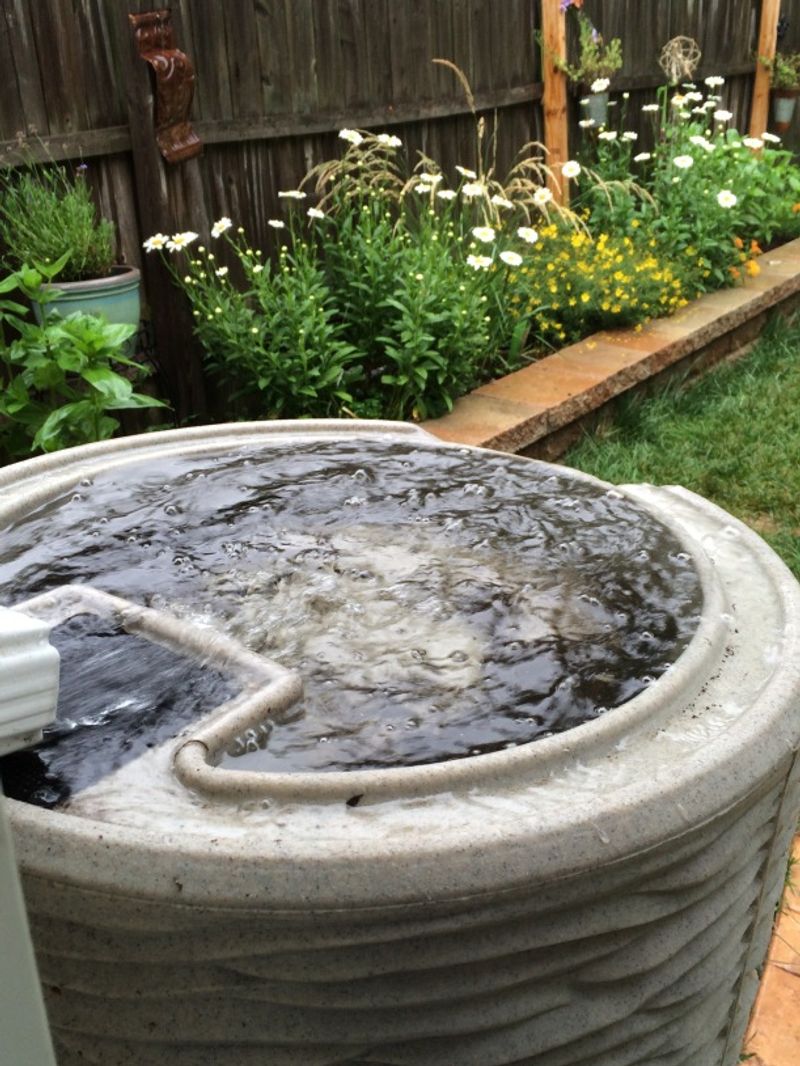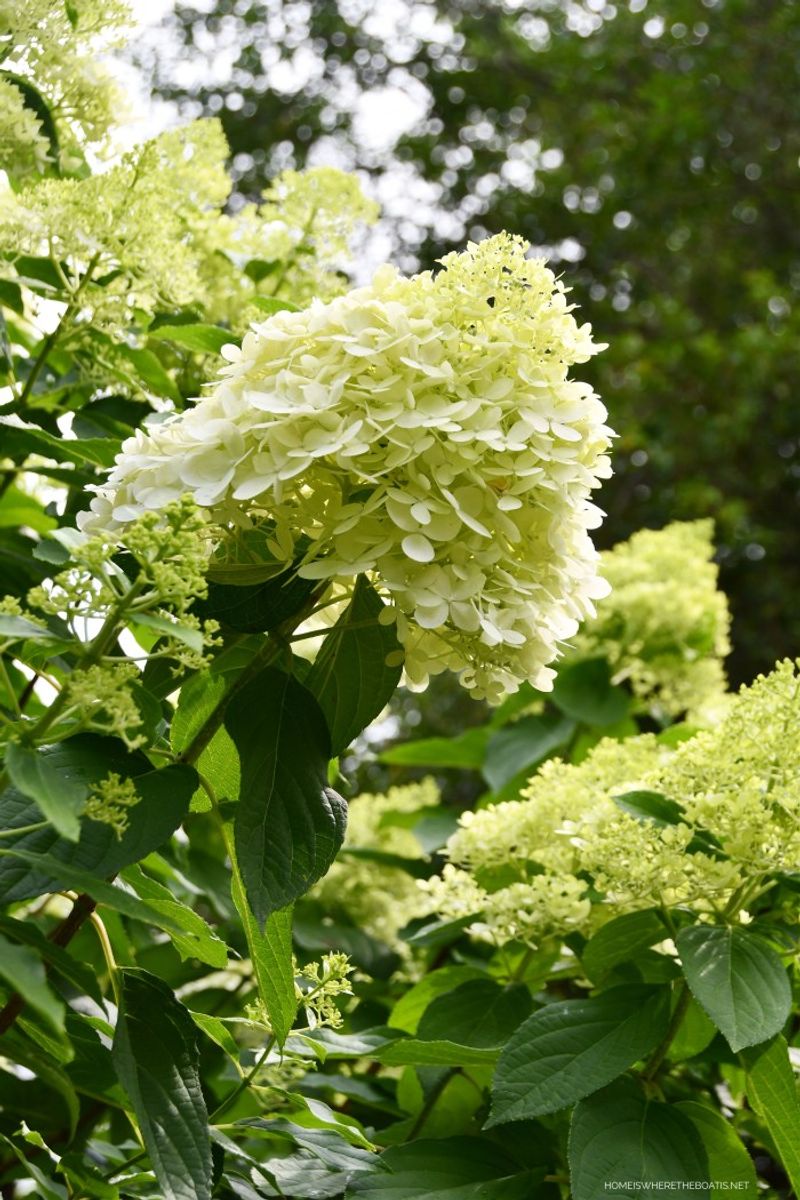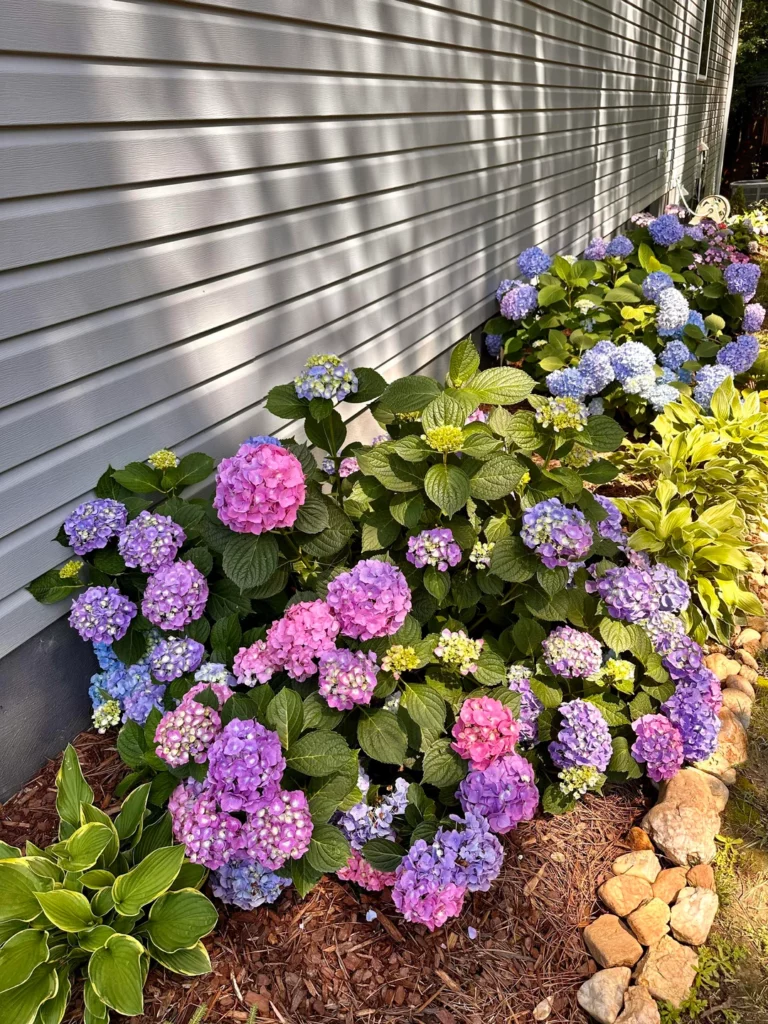Hydrangeas are about to put on their big summer show, and trust me—you don’t want to miss it! But before you start snapping photos or snipping blooms for your vases, there are a few common slip-ups that could ruin the magic.
I’ve learned the hard way that even the tiniest mistake can mean fewer flowers or floppy stems. So, let’s make sure your hydrangeas stay happy, healthy, and totally photo-ready.
Here’s what to watch out for this month!
1. Watering at the wrong time
Morning is prime time for hydrangea hydration. When you water during midday heat, much of that precious moisture evaporates before roots can absorb it. Evening watering leaves foliage damp overnight, creating a welcome mat for fungal diseases.
Consistent early morning watering allows plants to stock up on moisture before temperatures climb. Your hydrangeas will have what they need to endure afternoon heat stress without wilting. Set a regular schedule and stick to it – these thirsty plants need reliability.
2. Skimping on mulch application
Bare soil around hydrangeas is like leaving them in a desert during summer heat. A good 2-3 inch layer of organic mulch acts as a protective blanket, keeping soil temperatures moderated and moisture locked in where roots can access it.
Pine straw, shredded bark, or leaf compost all make excellent choices. Just remember to keep mulch pulled back slightly from stems to prevent rot. Replace or refresh your mulch layer monthly during hot weather as it breaks down and thins out.
3. Fertilizing with the wrong formula
Grabbing any old fertilizer off the shelf can sabotage your hydrangea’s blooming potential. High-nitrogen products stimulate lush green growth at the expense of flowers, exactly what you don’t want during bloom season.
Look specifically for bloom-boosting formulas with higher phosphorus content (the middle number on fertilizer labels). Apply at half-strength monthly until mid-summer, then stop to allow plants to prepare for dormancy. Slow-release options work wonderfully, feeding gradually without shocking tender roots.
4. Overwatering established plants
Drowning hydrangeas with daily watering creates lazy root systems that can’t withstand heat stress. Despite their moisture-loving reputation, these plants need periods of slight drying between waterings to develop robust roots.
Push your finger two inches into the soil before watering. If it feels damp, wait another day. Deep, thorough soakings twice weekly encourage roots to grow downward seeking moisture. This creates stronger plants that handle hot weather beautifully.
5. Pruning at the wrong season
Taking shears to your hydrangeas during late spring or early summer might be cutting away this year’s flower show! Different hydrangea varieties form buds on either old or new wood, and timing pruning incorrectly removes potential blooms.
For big-leaf and oakleaf types, prune immediately after flowering. For panicle and smooth hydrangeas, late winter pruning works best. When summer heat arrives, limit pruning to removing only dead or damaged stems. Save major shape adjustments for cooler seasons.
6. Ignoring pH levels
Your soil’s acidity dramatically affects hydrangea color and overall health. Blue flowers need acidic soil (pH 5.5 or lower), while pink blooms prefer more alkaline conditions (pH 6.5+). Neglecting pH testing and adjustment means disappointing color results.
Test your soil early in the season using an inexpensive kit. Add aluminum sulfate to increase acidity for blue flowers or garden lime for pink blooms. Apply amendments gradually over several weeks rather than all at once to avoid shocking your plants.
7. Forgetting afternoon shade protection
Scorched, crispy leaf edges signal hydrangeas suffering from excessive direct sunlight. While these beauties need morning light to produce abundant blooms, they wilt rapidly when exposed to intense afternoon rays, especially in hot climates.
Consider installing temporary shade cloth during the hottest weeks of summer. A 30-40% light filtering fabric draped over simple frames provides perfect protection. Alternatively, place large container hydrangeas where they can be moved to shadier spots during heat waves.
8. Neglecting container hydration
Potted hydrangeas dry out astonishingly fast during hot weather, sometimes requiring twice-daily watering. Their large leaves act like wicks, pulling moisture from soil at remarkable rates. Neglected container specimens can go from perky to permanently damaged in just hours.
Group potted hydrangeas together to create a humidity microclimate. Place saucers beneath pots and keep them filled with water. Consider self-watering containers or water-absorbing polymer crystals mixed into potting soil for insurance during the hottest days.
9. Using overhead sprinklers
Spraying water over hydrangea foliage seems efficient but creates multiple problems during hot weather. Wet leaves become magnifying glasses for sunlight, increasing burn risk. Moisture on blooms encourages brown spotting and petal rot.
Switch to drip irrigation or soaker hoses that deliver water directly to the root zone. This targeted approach conserves water while keeping sensitive flowers pristine. As an added benefit, you’ll reduce disease pressure by keeping foliage dry during humid summer conditions.
10. Crowding plants together
Hydrangeas planted too closely create a microclimate where heat and humidity become trapped. Poor air circulation between crowded plants leads to mildew, fungal spots, and reduced flowering as branches compete for light and nutrients.
Most hydrangea varieties need 3-5 feet of space between plants. If yours are already crowded, consider removing alternate plants or transplanting some to new locations in early spring or fall. Proper spacing ensures each plant receives adequate airflow, reducing disease pressure during hot weather.
11. Letting weeds compete
Weeds aren’t just unsightly – they’re fierce competitors stealing water and nutrients your hydrangeas desperately need during hot weather. Their aggressive root systems often outcompete ornamental plants, leaving your prized hydrangeas struggling to access limited resources.
Apply a pre-emergent herbicide in early spring before weeds appear. Throughout summer, hand-pull any breakthrough weeds promptly before they establish. A thick mulch layer dramatically reduces weed germination while conserving soil moisture – a double benefit during hot weather.
12. Skipping deadheading
Spent hydrangea blooms aren’t just unattractive – they drain energy from the plant that could be directed toward producing new flowers. During hot weather, plants already operate under stress, making energy conservation crucial for continued blooming.
Snip faded blooms just below the flower head using clean, sharp pruners. For reblooming varieties, this simple maintenance task stimulates another flush of flowers. Leave late-season blooms intact, as they provide winter interest and protect developing buds on old-wood bloomers.
13. Forgetting companion planting
Hydrangeas standing alone in exposed garden beds suffer more during heat waves than those planted with compatible neighbors. Thoughtful companion planting creates beneficial microclimates that moderate temperature extremes and conserve ground moisture.
Low-growing, shallow-rooted perennials like hostas, ferns, and astilbes make ideal hydrangea companions. They shade soil without competing for water and nutrients. Avoid aggressive growers like mint or bamboo that might overwhelm your hydrangeas during the stressful summer months.
14. Using cold water for irrigation
Shocking hydrangea roots with icy cold water causes stress during hot weather. Plants temporarily shut down absorption when soil temperature fluctuates dramatically, leading to wilting even when soil appears moist.
Let hose water run until it reaches ambient temperature before applying to plants. Consider installing a rain barrel – collected water naturally stays at ideal temperatures. Early morning watering allows soil to warm gradually with the day, preventing temperature shock to sensitive root systems.
15. Ignoring pest problems
Heat-stressed hydrangeas become magnets for opportunistic pests like spider mites, aphids, and scale insects. These tiny invaders multiply rapidly during hot weather, sucking vital fluids from already struggling plants and often going unnoticed until damage is severe.
Inspect leaf undersides weekly during summer, using a magnifying glass if needed. Treat minor infestations with strong water sprays or insecticidal soap. For serious problems, consider neem oil applications in early morning before beneficial insects become active.
16. Planting in poorly draining soil
Hydrangeas hate having “wet feet.” When planted in heavy clay or compacted soil that doesn’t drain well, their roots sit in stagnant water—leading to rot, disease, and stunted growth. In hot weather, poor drainage worsens stress by limiting oxygen access to the roots, leaving your hydrangeas limp and lifeless.
Before planting or transplanting, dig a hole and fill it with water to test drainage. If it takes more than an hour to drain, amend your soil with compost, pine bark fines, or perlite to improve texture and airflow.

